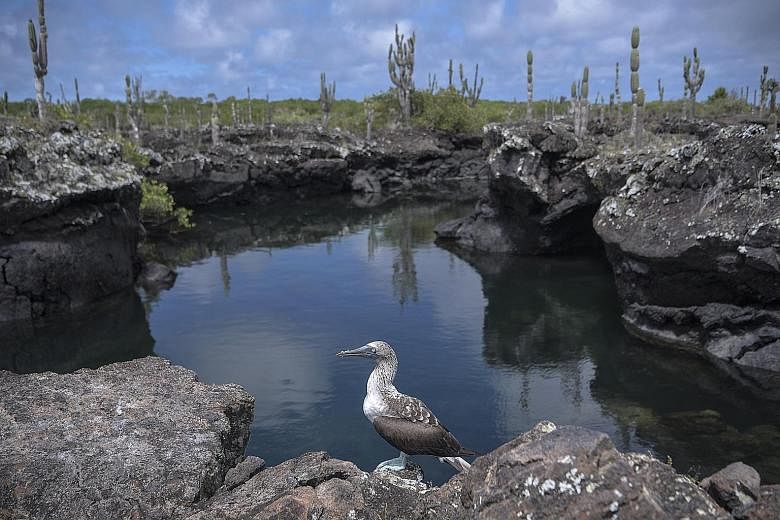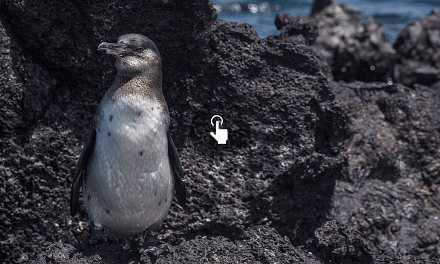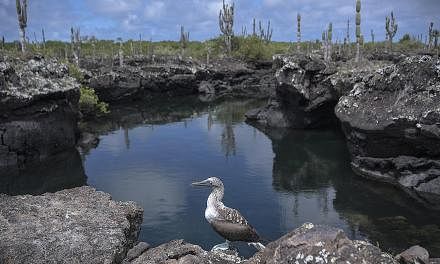Prevention may be better than cure. But with no way of preventing natural events such as El Nino - "the little boy" in Spanish - from leaving their mark with drought and flood, climate scientists are now looking to the next best thing: better monitoring and forecasts.
Meteorological Service Singapore, for example, this year launched a new monitoring system that provides tiered warnings of neutral, developing and fully mature El Nino conditions so government agencies and other user sectors get sufficient time to respond.
But making accurate predictions on the severity of El Nino events is a task clouded with uncertainty.
"A strong El Nino event does not always indicate that impacts will be severe," says Mr Rodney Martinez, international director for the Ecuador-based International Research Centre on El Nino (Ciifen).
The 2015 El Nino is one example.
Even though it was considered one of the three strongest in the past five decades, it did not impact Ecuador and Peru as expected, says Mr Martinez.
In South-east Asia, the "monster" El Nino brought drier conditions that worsened the forest fires in Indonesia and caused the worst haze episode on record. Yet, across the Pacific Ocean, Ecuador and Peru were hardly affected.
Says Mr Martinez: "We made a prediction that we would have a strong El Nino that year, but it never happened - there was no significant impact in Ecuador."
There were two reasons for this.
One, the eastern Pacific Ocean did not warm as much as it did during the other strong El Nino events in 1982 and 1997.
Two, local weather conditions in Ecuador and Peru shielded them from the intense rainfall that usually accompanied El Nino events.
An unusual circulation pattern had developed at the middle levels of the atmosphere and prevented rain clouds from forming, he adds.
Dr Xie Shang-Ping, a climate modeller at the Scripps Institution of Oceanography, says: "We have some confidence in event prediction. But in terms of magnitude, there's still a long way to go."
Scientists are able to predict the onset of El Nino by using computer models and through observations of sea surface temperature and atmospheric pressure differences across the Pacific Ocean.
However, determining the strength of each event is not as clear-cut, due to the variability of the ocean and atmosphere.
Research is ongoing in this area. But even with the uncertainty, nations can still take action.
Climate scientist Michael Mann from the Pennsylvania State University says building resilient infrastructure such as coastal defences and investing in drought-resistant crops are adaptive strategies that deal with the impacts of El Nino and long-term climate change.
He tells The Sunday Times: "They are, as we say, 'no regrets' actions."









